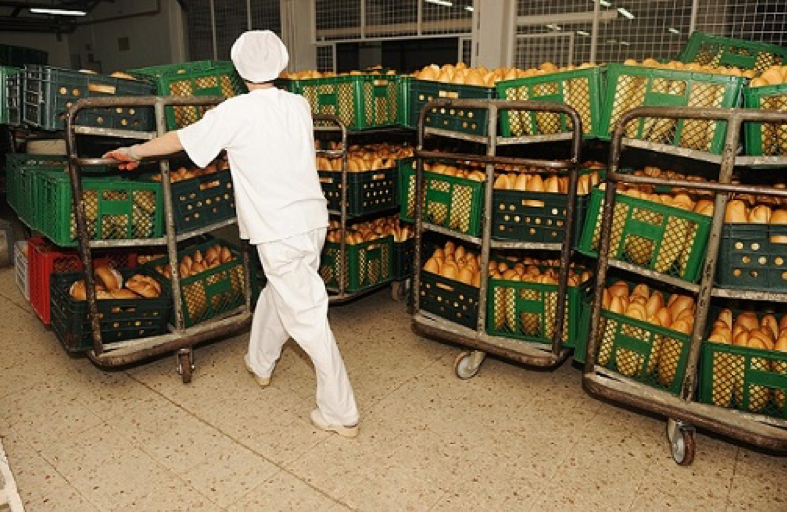How bakers lose out with standing orders

Standing orders are the repeat orders that are automatically sent to a customer. They save bakers the trouble of entering orders for customers who take similar orders every time. Effectively, they are a rubber-stamping exercise to save both the baker and the customer unnecessary time re-entering the same information every week.
Retail bakery chains find standing orders useful to ensure that their shops receive an order without the shop manager having to amend every line within an order every day. The downside is that due to constraints on shop managers’ time or their levels of enthusiasm/ability, standing orders for bakers shops are all too frequently left unaltered, often to the detriment of the business.
In fact, while standing orders can still be the best solution in certain circumstances, they are a poor substitute for alternatives that have become far more accessible in recent years.
Historically, standing orders were essential due to the high volume of orders in most bakeries together with a lack of alternatives to make better use of the data involved.
However, as the technology for generating and taking orders has become increasingly cost-effective and sophisticated, the instances where the use of standing orders is still best practice have diminished.
Standing orders are a good way of ensuring that a customer gets an order without having to work out more precisely what the best order would be. For small orders, this may well be the best approach as it may not be worth spending much time reviewing them. Nevertheless, there are many instances where standing orders can be profitably replaced by a more proactive approach.
Standing orders, as their name implies, are static. Sales-based orders are dynamic.
Many retail bakers now have a wealth of real time sales and stock data available to them from their till systems. However, most have yet to make best use of this information to optimise their ordering. With a data feed from their tills and using a system such as our own Cybake Instore solution, their shop orders can now be based upon actual sales and stock data.
This has a number of key benefits. Firstly, best-practice from within each business can now be built into the calculation used to generate a sales-based order (SBO) for each order line.
Built-In Best Practice
This ensures that the minimum ordering standard across the business is at least as good as its best shop manager. And, of course, a software application works 365 days a year without concerns over holidays, sickness cover or ability.
Secondly, replacing standing orders with a minimum order level for each product ensures a consistent minimum level of availability.
Thirdly, SBO controls waste levels within the parameters set by the business.
On top of these benefits, setting up recipes for products made up in-store, such as sandwiches, allows reconciliation of their component parts and hence an SBO based on sales and usage.
This avoids the universal problem of how to more accurately order bread rolls that are both sold as rolls and also used to make sandwiches. The traditional solution has been to heavily over-order to ensure the shop doesn’t run out and loose valuable sandwich sales.
At seasonal times of year, the SBO can be based upon sales for the same time last year. Also, the SBO for products on promotion can be based upon the last time those products or comparable products were on promotion.
Shop managers should typically accept an SBO but should also be able to override it to allow for local influences that have not been allowed for. This should be the exception, with the manager being held accountable through compliance monitoring.
As long as they are using modern EPOS tills, jiffy trucks, sandwich vans and the like need to be included in any sales-based ordering initiative. As they are, essentially, mobile shops, the same rules apply, giving far greater control at the same time as optimising sales and waste.
For those bakers willing to take advantage of these technological advances, the benefits are considerable. Standing orders, as their name implies, are static. Sales-based orders are dynamic.
A well-managed system that generates SBOs is proven to consistently outperform even the best sales managers due to the huge amounts of data that have to be processed to arrive at the best possible order.
Even for relatively small businesses, this type of sales-based ordering system is now commercially viable. There is considerable competitive advantage to be gained by those who adopt this type of ordering practice – it has been used by the larger multiples for decades.
Shop managers should typically accept an SBO but should also be able to override it to allow for local influences that have not been allowed for.



